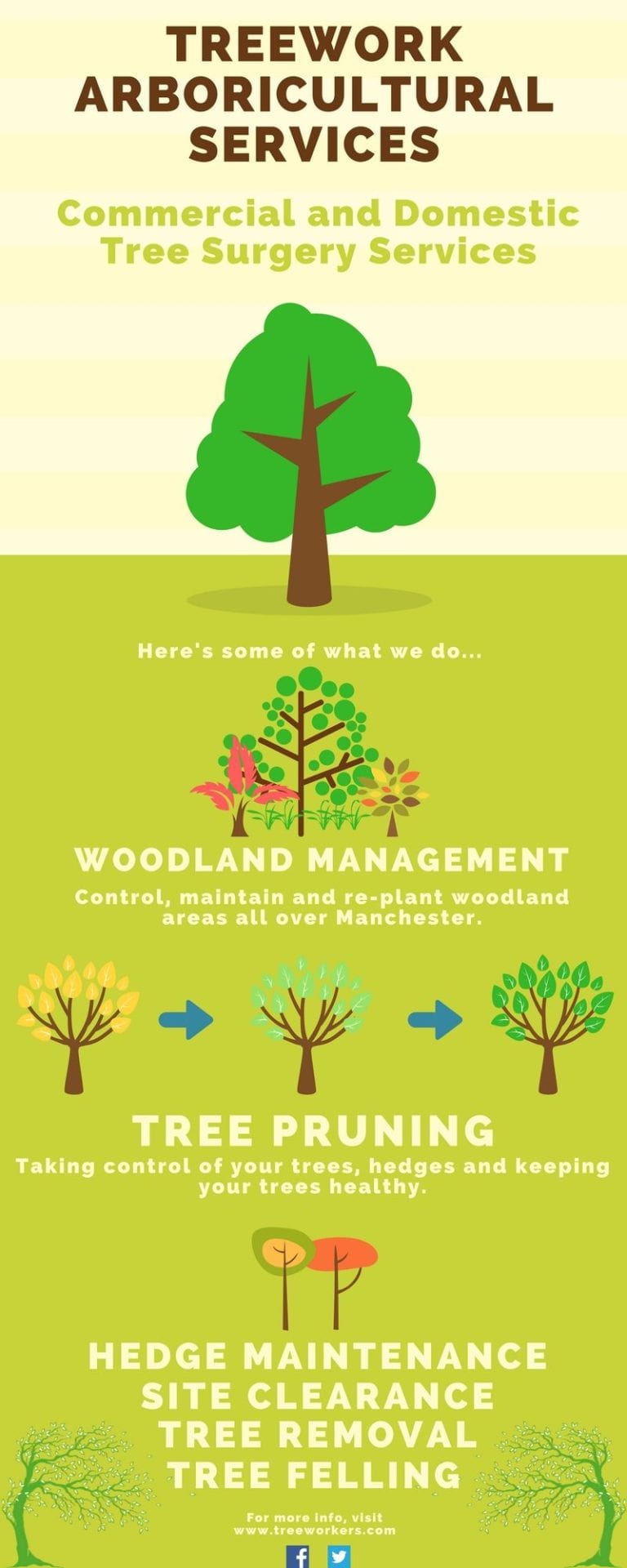Indication For Tree Removal: Exactly How To Discover Dangerous Trees
Indication For Tree Removal: Exactly How To Discover Dangerous Trees
Blog Article
Authored By-Truelsen Aagaard
When it concerns tree care, recognizing the indications that it's time for removal is vital for your safety and security and property. You may notice blemished leaves, wilting branches, or strange fungal developments indicating illness. Architectural concerns, like a substantial lean or splits in the trunk, can also present dangers. Recognizing these warning signs can aid you make notified decisions concerning your trees and stop prospective dangers hiding in your lawn. What should you search for next?
Signs of Degeneration and Disease
When you notice signs of decay and illness in your trees, it's vital to act quickly. Search for tarnished leaves, wilting branches, or unusual developments like fungi. https://stumps-and-roots84838.elbloglibre.com/35263857/conquer-challenging-tree-stumps-with-proven-elimination-methods-that-make-certain-a-secure-and-reliable-backyard-cleaning-however-which-approach-will-be-the-most-efficient-for-your-needs can indicate that your tree is having a hard time.
If you see fractures in the bark or soft, mushy wood, these signs and symptoms recommend inner degeneration. Furthermore, a sudden boost in insects around your tree can indicate that it's damaged and susceptible.
Look for any kind of dead or dying arm or legs, as they position a risk to your residential or commercial property and safety and security. If you're uncertain regarding what you see, seeking advice from an arborist can provide clearness.
Addressing these indicators early can save you from more substantial damage and ensure the health of your backyard. Don't wait until it's far too late.
Structural Instability and Leaning
As you observe your trees, keep an eye out for any kind of signs of structural instability or leaning. If a tree leans dramatically, it might suggest that the origin system is compromised.
Search for any type of cracks in the trunk or dirt around the base; these can signify possible failing. Additionally, check for uncommon growth patterns, like an uneven crown, which might recommend that the tree is having a hard time to hold itself upright.
If you notice that the tree favors your home, high-voltage line, or various other frameworks, it presents a higher threat. Do not disregard these signs-- speak with an arborist to examine the scenario.
Taking action early can protect against pricey damages and guarantee your security.
Dead or Perishing Branches and Vegetation
If you see dead or passing away branches and foliage on your tree, it's a clear indication that something's wrong.
These harmful areas can suggest underlying problems like disease, insect infestations, or environmental anxiety. When branches lose their leaves or transform brownish, they're no more contributing to the tree's health. Disregarding visit our website can bring about further decline, making your tree more harmful.
Dead branches can easily break off during storms, posing a risk to residential or commercial property and individuals close by. It's vital to examine the level of the damage.
If the issue affects a substantial part of the tree, consider speaking with a professional. They can aid determine if elimination is necessary to make sure safety and security and keep the elegance of your landscape.
Final thought
If you notice any signs of decay, structural instability, or dead branches on your trees, do not ignore them. These indicators can posture severe safety and security risks to you and your residential or commercial property. It's constantly best to speak with a specialist arborist who can offer a professional assessment of your trees. Taking action early can avoid mishaps and costly damage, ensuring your landscape stays secure and healthy and balanced. Bear in mind, it's much better to be aggressive concerning tree care than to wait for a calamity to happen.
